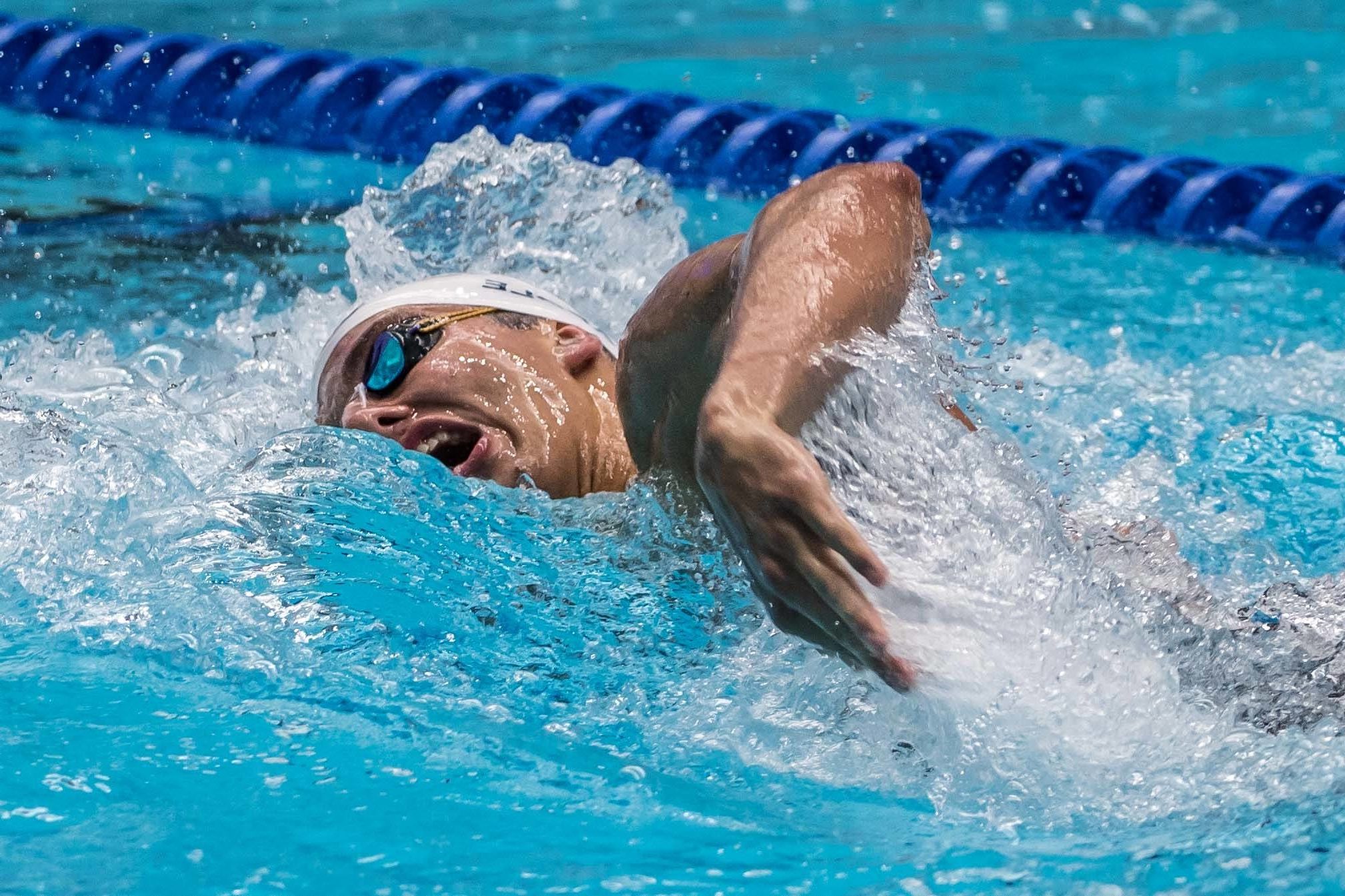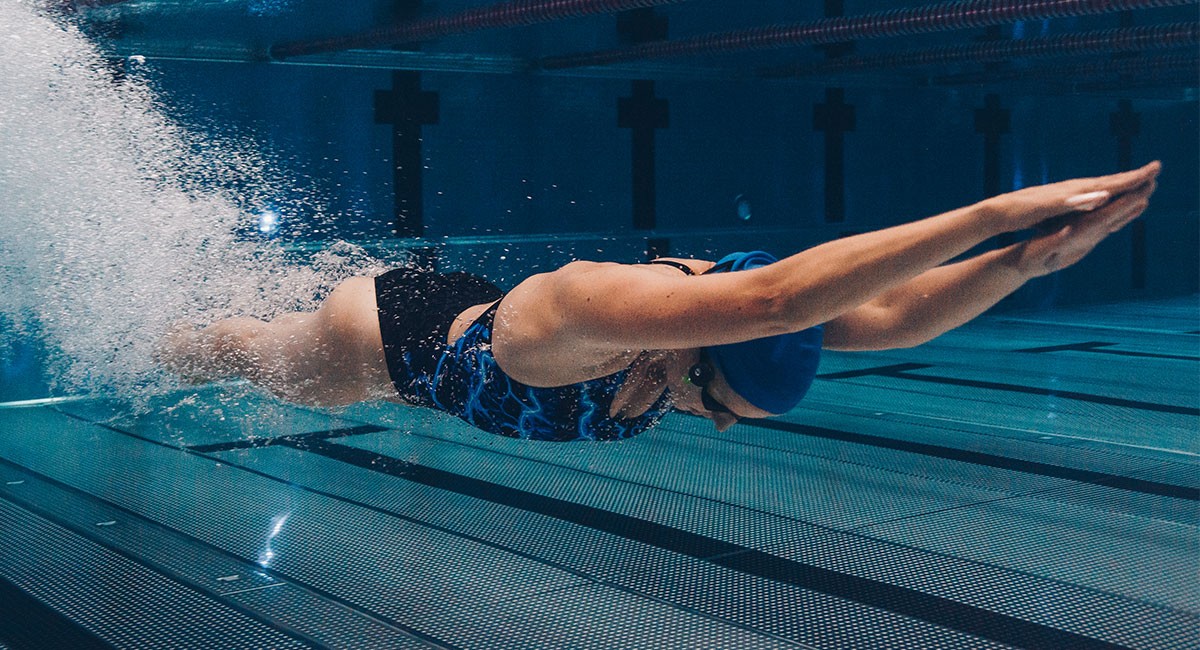The structure of strength training programs for swimming is a type of program that is used to build strength in swimmers. The structure of strength training programs for swimming is typically based on the repetition of a series of movements, or sets, with an increasing load.
As taught in lifeguard courses, It can also be based on the frequency of performing a series of movements, or sets, with an increasing load. In addition, the structure of strength training programs for swimming is based on the intensity of the exercise.
Improve Muscular Strength
The first objective, improving swimming performance, can be achieved through changes in the muscles used during the swimming stroke. It is well-known that the most important muscles for swimming are the leg and trunk muscles, and the most important movements are those that involve the leg muscles.
A strength training program can be as simple as one or two sets of each exercise, or it can be a complex, multi-phase program designed to target specific muscle groups. Consistency is the most important aspect of any strength training program. Without consistency, you won’t see the results you want.
For this reason, you’ll find that most programs have multiple phases and exercises. What’s the best way to start? If you’re brand new to strength training, the first step is to pick an effective program for your needs.
Therefore it is highly advisable to register for some professional lifeguard course to get professional training to improve your body strength consequently resulting in good swimming skills.

You have two options: either you combine your strength training with swimming training or you complete it as a separate training unit. It is important that you do strengthening exercises regularly. On the other hand, you should never overdo it for two days and then be inactive for two weeks. If you combine your water unit with the dry exercises, then it is also okay if you only do two to three exercises effectively.
Warm Up: Before each strength training session, you warm up for 10 to 15 minutes to slowly prepare your body for the above effort and get it moving. With an initial easy run, you activate your whole body. This run is not absolutely necessary, but beneficial. Then loosen up your arms with arm circles. Here you carry out different variants. Circle both arms forwards, then backwards or alternately. To challenge your memory, try circling one arm forward and one arm backwards. You can also combine arm circles with up and down jumps and vary the speed.
Main unit: If you want to combine your strength training with swimming, then 15 to 20 minutes of training is sufficient. On the other hand, you can also do 30 to 45 minutes of strengthening exercises. Not in one go, of course. Rests play an important role in allowing your muscles to recover between exertions. Take a short break after each exercise.
Cool-Down: After training, you stretch (please do it very loosely, otherwise you will quickly injure your muscles) and you can also massage your muscles with the Blackroll. This will help you regenerate better.
Professional Training
The most important thing about swimming is to build a strong core. This includes a lot more than just the back and shoulders. When you are swimming you must be able to rotate your hips and torso, to do this you must have a strong core.
Professional swimming training programs including lifeguard courses teach that if you want to develop a strong core then you must use your body in a way that will make it stronger. You must train with weights if you want to achieve any goal. In order to build up a strong core you need to focus on the following:
- The hip flexor muscles
- The front of your thighs and your hip muscles
- The core muscles of your back
- The abdominal muscles
- Your lower back muscles
- Your neck muscles To strengthen these different muscles
Final Words:
You can find different swimming courses near you but it is highly advisable to go for lifeguard training at the American Lifeguard Association (ALA). The lifeguard course trains you in a way that you can improve your own swimming skills as well as you can save others in difficult situations in the water.
For more information on our lifeguard courses to improve your swimming skills, feel free to contact us.
